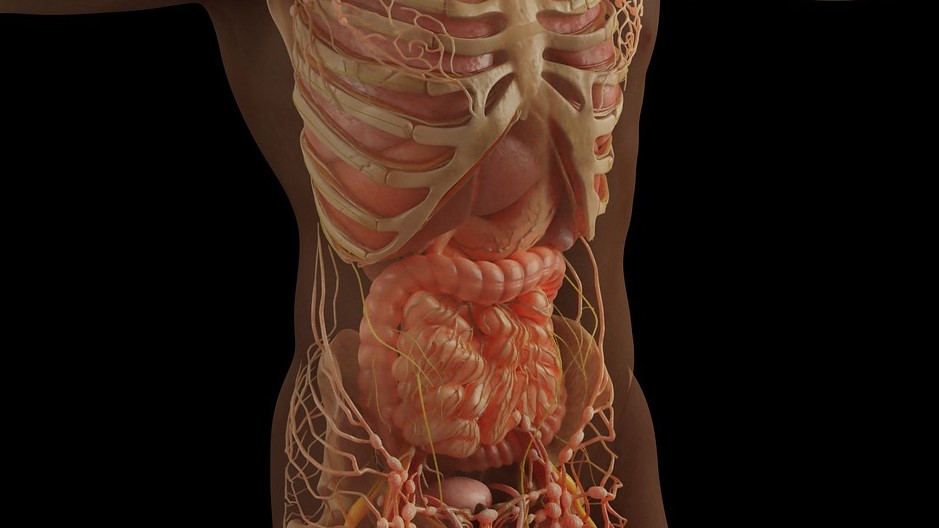Research Uncovers Why IBD Causes Blood Clots – and How to Prevent Them

Rates of inflammatory bowel disease are rising, and there’s currently no cure. IBD can also be deadly: up to 8% of people with the disease develop blood clots, which can lead to heart attack and stroke. New research has uncovered why blood clotting malfunctions in IBD – and identified drugs that normalise blood clotting in human cells and animal models of IBD.
“We think we can leverage these findings to reduce inflammation and the risk of blood clots,” says senior author Aaron Petrey, PhD, assistant professor of microbiology and immunology at University of Utah Health, associate director of the U’s Molecular Medicine Program. “This could be lifesaving.”
The results are published in Blood.
Clotting with the brakes off
Most research into IBD has focused on immune cells. But blood cells called platelets are another key contributor to IBD symptoms. In healthy people, platelets clump together into clots in response to injuries to stop bleeding, and don’t form clots otherwise. But in patients with IBD, platelets are on a hair trigger, ready to form clots at the slightest provocation.
Surprisingly, platelets from IBD patients weren’t clotting via the normal pathways that trigger clotting, says first author Rebecca Mellema, PhD, pathology postdoc. “It’s completely independent of what we would expect.”
“There’s an innate mechanism by blood vessels to tell platelets to stay quiet and not form a clot yet,” Petrey explains. “Once there’s injury or inflammation, that signal can switch over and tell them to form a clot. That’s the process that’s broken in IBD patients.”
IBD platelets appear to clot more often because they don’t have enough of a key protein called layilin, the researchers found. In healthy people, layilin acts as a molecular brake for clotting: it senses the difference between healthy and injured blood vessels and prevents platelets from clotting as long as blood vessels are intact.
But when the researchers deleted the layilin gene in mice, the brakes came off. Without layilin, platelets were extra sticky, forming clots when they shouldn’t.
The researchers also found that platelets from IBD patients only had about 60% of the layilin protein that they should, leaving them constantly on the verge of clotting.
A promising drug target
Layilin prevents unwanted clotting by tamping down the activity of a clot-triggering molecule called Rac1. In mice without the layilin gene – and in people with IBD – Rac1 is always a little bit too active, which means platelets are too prone to forming clots.
But there’s good news. Drugs that prevent Rac1 activity are already in clinical trials for other conditions, and the researchers’ results suggest that these Rac1 inhibitors could be powerful therapeutics for IBD.
One Rac1 inhibitor reduced excessive clotting in human platelets in a dish. The inhibitor also decreased the level of tissue damage in the gut in a mouse model of IBD.
Promisingly, the drug decreased clotting in platelets from IBD patients even more strongly than it affected healthy cells. “We have shown a hyperactivation pathway in resting IBD patient platelets, but they’re also incredibly sensitive to treatment, moreso than those from a healthy person,” Mellema says.
Normalizing Rac1 activity might not only reduce the risk of heart attack and stroke—it could also help alleviate day-to-day IBD symptoms, the researchers say. Excessive clotting can block blood flow in the gut and make inflammation worse, which means that preventing clotting could reduce inflammation.
Unlike established anti-clotting drugs, the researchers say, Rac1 inhibitors shouldn’t lead to an increased risk of dangerous bleeding, which is a serious concern for IBD patients with chronic inflammation. Blocking Rac1 won’t interfere with other, independent pathways that can trigger platelet clotting, so the cells should still be able to form needed clots in response to injury.
“We’re targeting a pathway that is not pre-activated in healthy people,” Petrey says. “So we can address that step of the pathway, and if there’s a significant injury, the platelets can overcome that inhibition.”
Other groups had been looking into the potential of Rac1 inhibitors to reduce inflammation in IBD. The new work emphasises the potential of these drugs to address multiple symptoms. “Paying more attention to what we can do to address these blood clotting risks could significantly improve patient lives,” Petrey says.
Source: University of Utah Health



